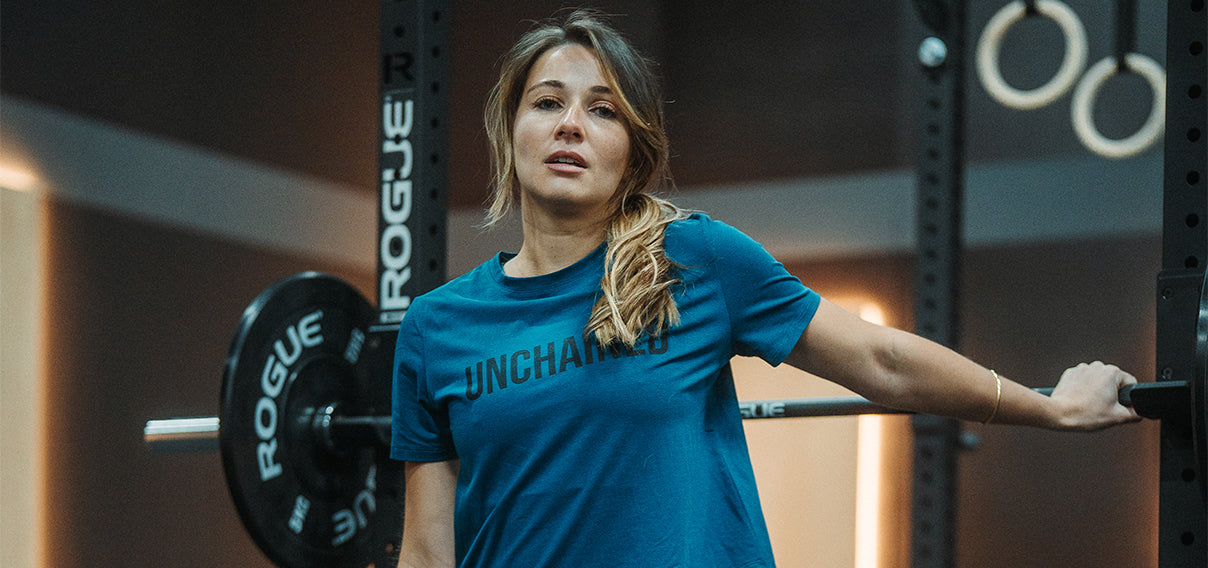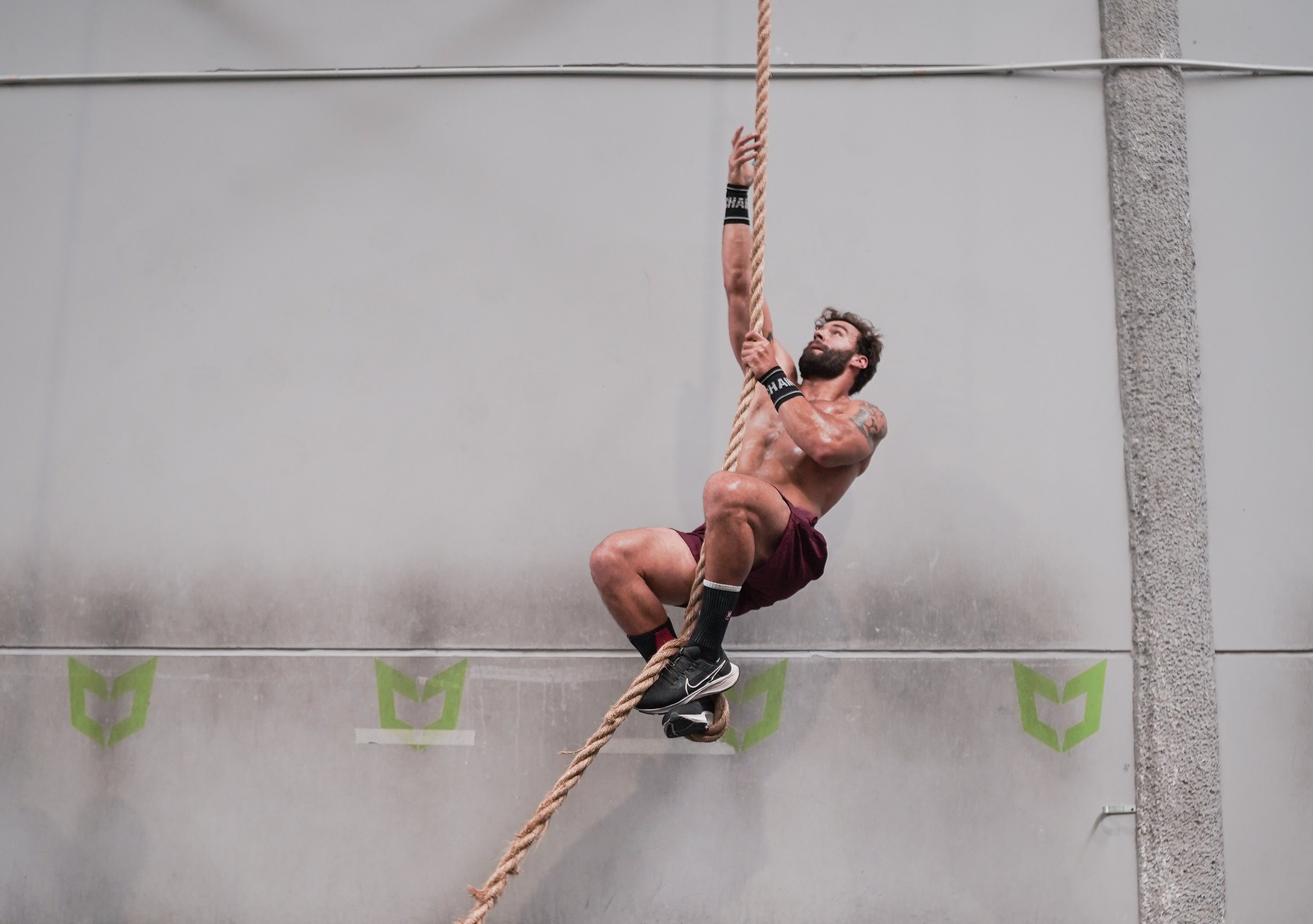Participating in competitions is an essential component of many athletes' journeys. The challenges, adrenaline, camaraderie, and sense of accomplishment are all reasons why athletes sign up for several events each year.
However, it is crucial to remember that too many competitions can hinder progress and health.
In this article, we will explore why it is wise to limit the number of annual competitions and the importance of recovery for progress.
Why Limit the Number of Competitions Each Year?
1. Preserve Your Energy and Avoid Overtraining
Participating in too many competitions can quickly deplete an athlete's energy reserves. Each competition requires intense preparation, demanding training sessions, and extended recovery.If you chain competitions without giving your body time to recover, the risk of overtraining increases significantly.
Overtraining can lead to decreased performance, injuries, and a state of chronic fatigue.
2. Maximize Quality Over Quantity
Limiting the number of competitions allows you to focus on the quality of preparation for each event. A well-thought-out schedule makes it possible to integrate optimal physical preparation cycles, including strengthening phases, development of specific skills, and recovery.
This allows you to arrive at each competition in the best possible condition, thus maximizing your chances of success and progress.
3. Reduce the Risk of Injuries
Crossfit competitions are demanding and can put the body to the test.By limiting the number of events, you give your joints, muscles, and tendons the necessary time to strengthen and recover between competitions.
This significantly reduces the risk of long-term injuries, allowing you to maintain a healthy and sustainable sports practice.
4. Maintain Consistent Progression
Each competition requires specific preparation that can alter the regular training program. Indeed, when an athlete prepares for a competition, they often need to adjust their training to focus on the specific skills and abilities required for that particular event. These adjustments can interrupt the normal training cycle, slow continuous progress, and sometimes even cause regression in certain aspects of performance.
By limiting competitions, these interruptions are minimized and it allows the body to follow a more consistent and progressive training program.

Recovery and Progression: Two Inseparable Pillars
1. The Importance of Recovery
Recovery is often underestimated by athletes, but it is essential for progression. It allows the body to repair the micro-tears in muscles caused by intense training and to become stronger. Recovery phases include rest, sleep, nutrition, and active recovery techniques such as stretching, yoga, or physiotherapy sessions.
2. The Role of Sleep
Sleep is one of the most crucial elements of recovery.It is during sleep that the body releases growth hormones that help repair and build muscles. A lack of sleep can lead to decreased performance, increased risk of injury, and slower recovery.
For athletes, it is recommended to aim for between 7 to 9 hours of sleep per night.
3. Nutrition: The Fuel for Recovery
A balanced and nutrient-rich diet is essential to support recovery and performance. Proteins are essential for muscle repair, while carbohydrates replenish energy stores. Healthy fats also play a crucial role in reducing inflammation and aiding recovery. Do not neglect hydration, which is fundamental for maintaining good blood circulation and helping to eliminate toxins.
4.Active Recovery Techniques
Active recovery techniques such as massages, ice baths, and the use of foam rollers and massage guns can help reduce muscle soreness and improve blood circulation.
These practices speed up the recovery process and allow you to return to training more quickly.
Conclusion
Limiting the number of annual competitions and investing in recovery are key strategies to optimize performance and prevent injuries. By taking care of your body, you ensure not only better performance during competitions but also a longer and healthier athletic career.
At
In conclusion, remember that every competition is an opportunity to excel, but to give your best, it is essential to prepare well and recover properly. Make wise choices, listen to your body, and let
References
- Recovery technique for athletes - Gatored - Sport Science Institute
- Bompa, T.O., & Haff, G.G. (2009). Periodization: Theory and Methodology of Training. Human Kinetics.
- Kellmann, M. (Ed.). (2010). Enhancing Recovery: Preventing Underperformance in Athletes. Human Kinetics.
- Gleeson, M., & Pyne, D.B. (2016). Respiratory inflammation and infections in high-performance athletes. Immunology and Cell Biology, 94(2), 124-131.
- Bishop, P. A., Jones, E., & Woods, A. K. (2008). Recovery from training: a brief review. Journal of Strength and Conditioning Research, 22(3), 1015-1024.
- Halson, S.L. (2014). Monitoring Training Load to Understand Fatigue in Athletes. Sports Medicine, 44(2), 139-147.








